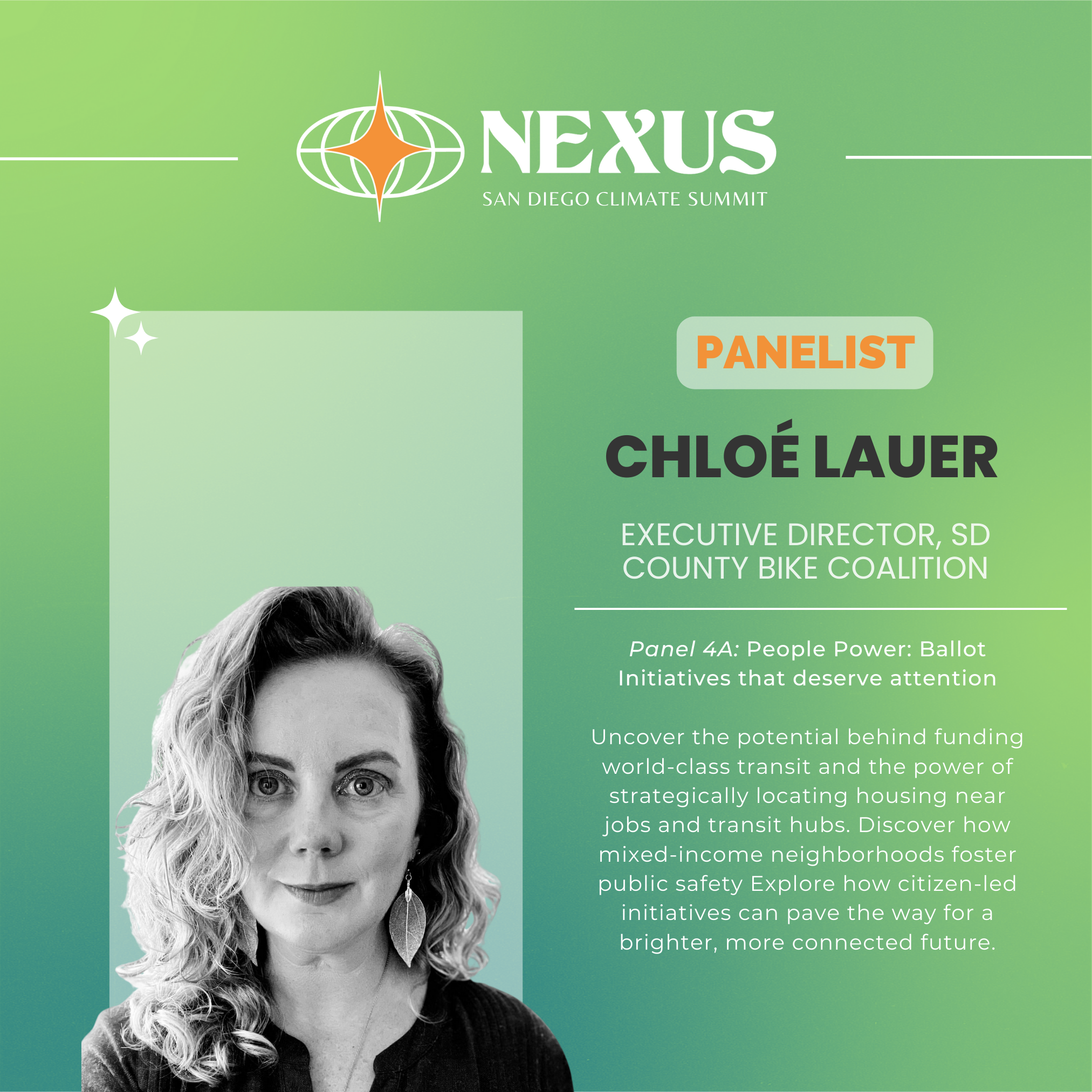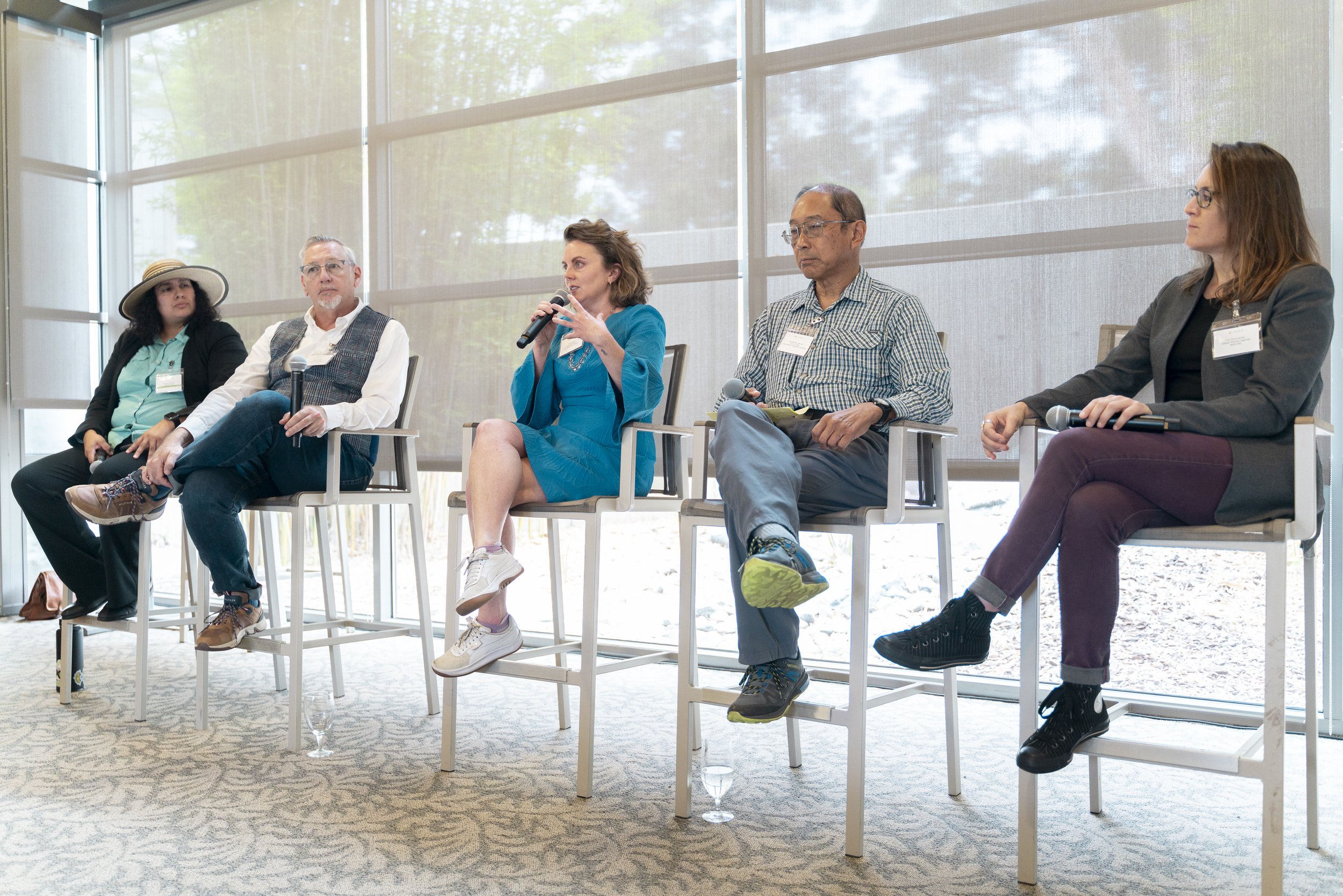TV & Print Interviews
KPBS Quality of Life Story by Andrew Bowen / Metro Reporter
Can removing pavement help San Diego keep up with its road repair backlog?
Chloé Lauer, executive director of the San Diego County Bicycle Coalition, said the city should consider strategically reducing the width of its streets, either by removing unnecessary lanes or making the existing lanes narrower, and replacing the excess pavement with exposed earth.
"It would be a perfect opportunity to reduce the amount of asphalt that the city needs to maintain in the long term, and at the same time you could extend the planted area, providing more shade, more greenery, more beauty, and then also decreasing the stormwater runoff that comes from having all of these impermeable surfaces," Lauer said.
"As our cars and vehicles get bigger and heavier, and with electric cars being very heavy with their batteries, that puts more stress on the roads, which requires more resurfacing at a faster rate," Lauer said. "So basically, if we continue in this direction, we'll never catch up."
Lauer said the Pavement Management Plan reflects how the city too often approaches transportation and climate policy in silos. But despite her qualms with the plan, Lauer said she appreciates the efforts to think strategically about road maintenance.
"Having a cyclist sharing the road is only safe when we are at very low speeds, like 15 to 20 miles an hour maximum," said Chloé Lauer of the San Diego County Bicycle Coalition. "After that, we need vertical separation…As we say in the industry, paint is not infrastructure. So yes, we agree that that is not a safe condition."
“The San Diego County Bicycle Coalition is disappointed to hear that bikes aren’t allowed in Gallagher Square,” says coalition director Chloé Lauer. “We would prefer that active transportation options, like biking, were consistently supported throughout downtown.”
Lauer adds: “We provide education to encourage safe cycling practices, and we rely on fellow cyclists to choose to ride on the street or walk their bikes when they realize their presence could interfere with the comfort of pedestrians or children at play.”
The Bay-to-Park Paseo is described as an “impermanent pedestrian experience.” Installations aren’t meant to stay up beyond a year or so. However, Garcia and co-creators Chloé Lauer and Beth Callender hope the Paseo will become a part of San Diego’s cultural fabric.
“We hope that people come to know the Paseo as one of the things to do as a visitor to San Diego,” Lauer says. “We want there to be a natural buzz, for it to become part of the conversation around being in and enjoying San Diego.”
Speaker & Panelist
First panelist - minutes 3:43 - 10:45
Spoke as a Bay to Park Paseo Co-Presenter to audience of 300 Realtors










